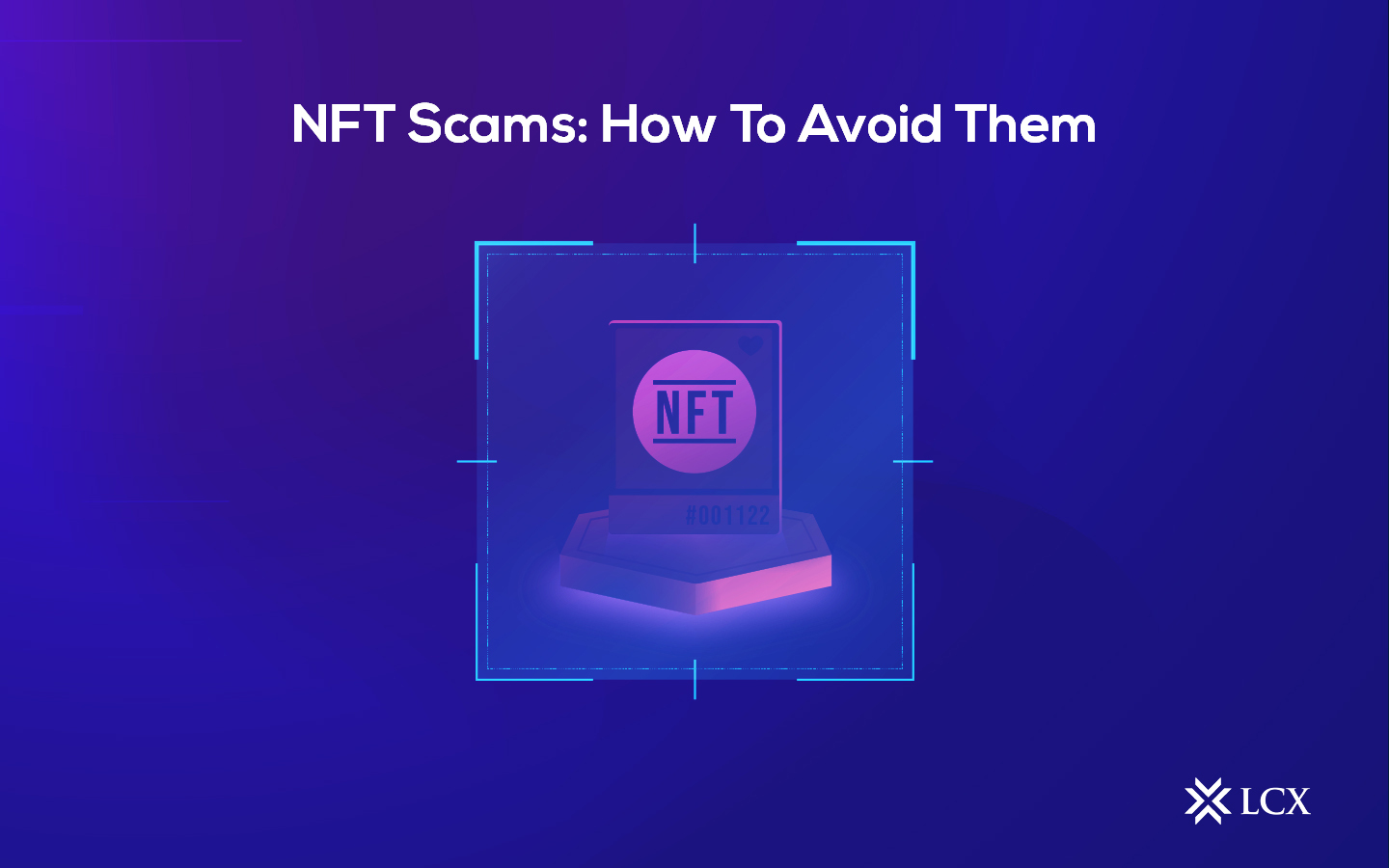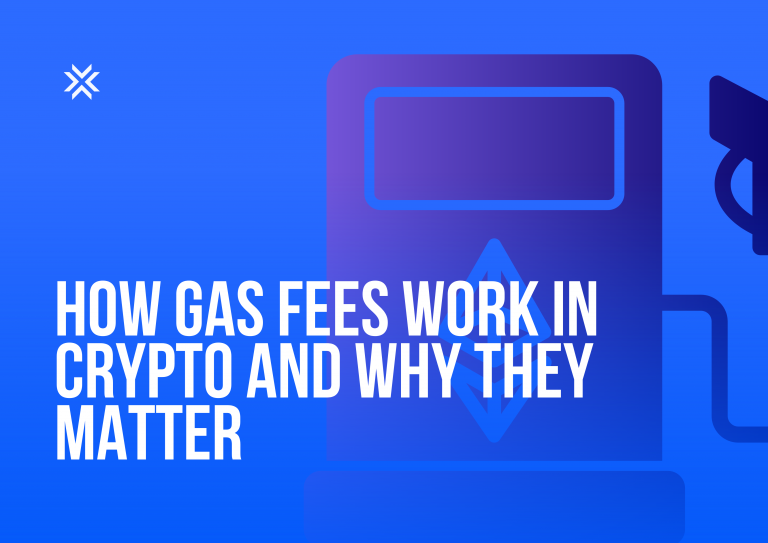Everything that is online needs validation to be saved from scams, right? Many companies have specific registrations and licenses and use technology to avoid being victims of scams. Similarly, when it comes to NFT, are there any steps that can be considered to avoid getting scammed?
Thanks to the technology named “blockchain,” Now creators, musicians, and artists can gain recognition for their work without hampering its authenticity, and collectors can store exhibits without the fear of noticing replicas and missing out on the chance to gain good resale value.
Nevertheless, we can see a blurry line between plagiarism and unique creativity. Online content is getting littered with plenty of stolen content, and now we are witnessing the game of plagiarism and scams in the world of NFT. Here, you will learn a bit about how to avoid them.
- Reverse search the Images on Google: As the internet and technology have given some unique products to the world, they have even shared ways to check the authenticity of those products. Here, with NFT, you can use Google reverse search to discover essential details about a photo: observing how many versions of an image have been roaming on the internet, how long the image has existed, and the initial upload date.
- Go through the social handles of the creator: Social media is considered a good revealer. You can see and observe the creator’s social media handles by just going through the creator’s social media handles. Creators are inclined to actively or artfully publish content regarding their work and interests. This is said to be one of the easiest ways to know if someone is a real artist or just someone who loves to steal the work of others. Also, go through the comment area under their posts to notice people’s opinions regarding their works.
- Suspicious pop-ups: Never submit any details into the MetaMask pop-up, or any pop-up when you’re at it. Choose to go directly to the verified portal for any crypto transactions, avoid using pop-ups, links or your email to submit your details. Jot down your seed phrase on paper, and never share it to anyone – don’t even save a photo of it on your phone.
- Evaluate where the creator is selling its artwork: The verified NFT and authentic artist will stick to the blockchain and will never sell the same artwork on different decentralized ledgers. Though the artist can choose to market his artwork within other marketplaces in the same network, buyers have to come via one blockchain.
- Catfishing and fake personas : In case you receive any direct message from someone who claims to be an influencer or celebrity, never respond. It’s an etiquette in the NFT world that C-level staff will never send you a message first. So if you receive any direct message and the person claims that he/she is a celebrity and owns a particular NFT, never reveal any information or click the link.
- Lowball bids: It is usually said that “unbelievably cheap means stolen,” and this notion is even valid in NFTs. Each artwork holds its value, and when you’re getting absurdly below its perceived value, there is a possibility that the contractor is not offering you a good price for that artwork but you may be putting your money into plagiarized work.
While we move into NFTs with greater pace, LCX is coming with its Tiamonds NFT first auction, and the deployment of $TIA on-chain is 22.02.2022. The marketplace amalgamates NFT technology with real-world diamonds.
Now, this sounds amazing. To know more about LCX and its new product updates, stay tuned to LCX insights.









